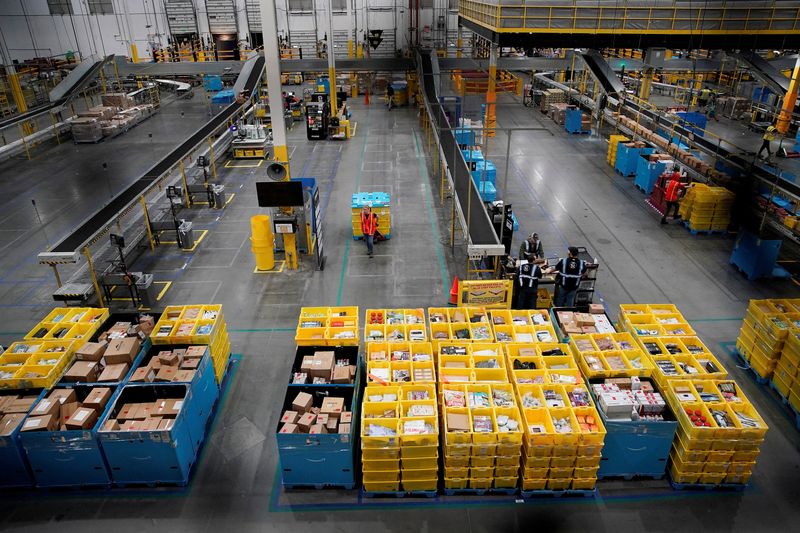WASHINGTON (Reuters) - U.S. business inventories fell for the first time in nearly two years in January, potentially setting up inventory investment to be a drag on economic growth in the first quarter.
Business inventories dropped 0.1%, the Commerce Department said on Wednesday. That was the first decline and also the weakest reading since April 2021 and followed a 0.3% gain in December. Economists polled by Reuters had expected inventories, a key component of gross domestic product, would be unchanged.
Inventories increased 11.1% on a year-on-year basis in January. Inventory accumulation surged in the fourth quarter, mostly reflecting an unwanted piling up of goods, as growth in consumer spending decelerated because of higher interest rates.
Retail inventories increased 0.2% instead of 0.3% as estimated in an advance report published last month. They rose 0.4% in December.
Motor vehicle inventories advanced 0.6% as estimated last month. They increased 1.4% in December. Retail inventories excluding autos, which go into the calculation of GDP, gained 0.1% instead of the 0.2% rise estimated last month.
Inventories accounted for half of the 2.7% annualized growth rate in GDP last quarter. Analysts say a liquidation of these unsold goods could contribute to tipping the economy into an anticipated recession this year.

Wholesale inventories fell 0.4% in January. Stocks at manufacturers were unchanged.
Business sales rebounded 1.5% in January after falling 0.6% in December. At January's sales pace, it would take 1.34 months for businesses to clear shelves, down from 1.36 months in December.